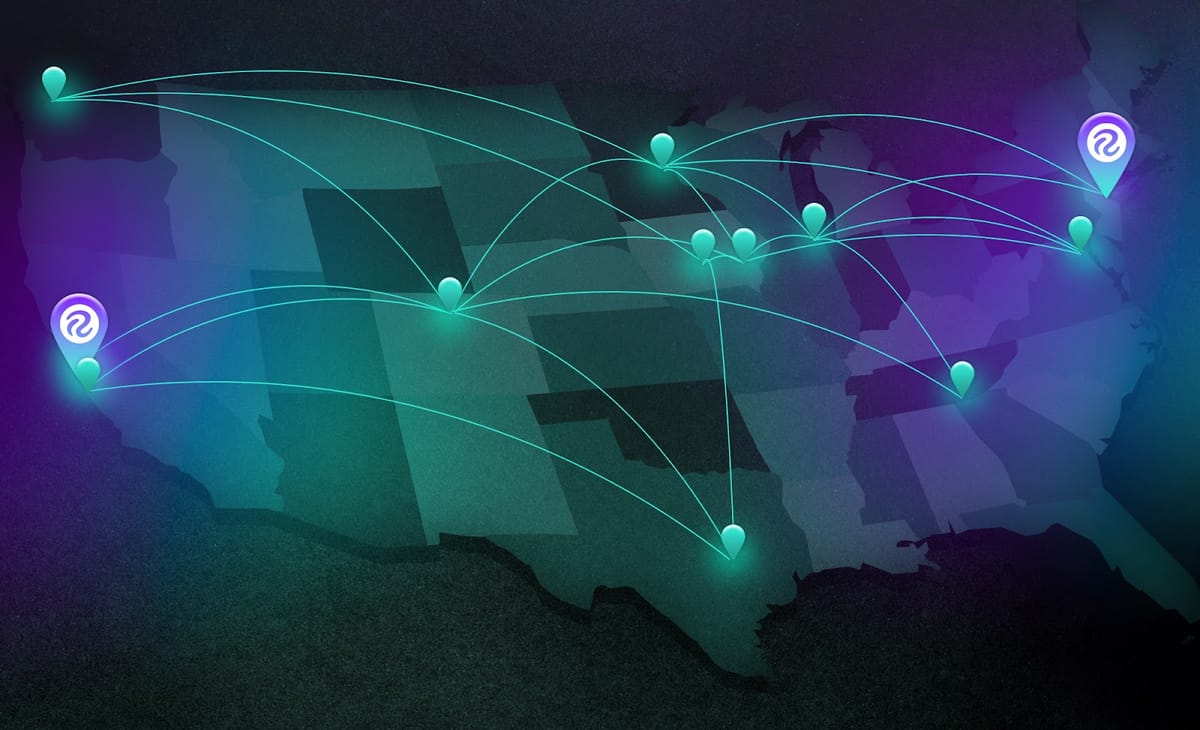
The future of work is evolving. Companies are moving beyond traditional office-based structures to create flexible, distributed environments. But how do you balance remote autonomy with the need for in-person collaboration? Enter distributed work—a model that allows companies to hire globally, foster in-person connections, and create a culture of collaboration, all while offering the flexibility of distributed work.
“When I got an offer from Roboflow, the team shared that they were all meeting up in New Orleans for an onsite. Employed previously at a remote-only company, I was thrilled to be able to meet my new colleagues on day one (almost!). There, I learned about the company culture and could start collaborating on the projects that would make up my job.
Over two years in, I’m delighted by all of the opportunities to meet both the people on my team and other teams – each one, a chance to learn, collaborate on projects that are harder to work through remotely, and an opportunity to lay strong foundations for new projects.” - James, Roboflower since 2023
What is Distributed Work?

Distributed work is a system that gives employees the flexibility to work from anywhere—be it at home, from an office hub, or a co-working space. However, unlike fully remote work, distributed work requires companies to set up structured, regular in-person meetings to bring teams together periodically. These gatherings help strengthen relationships, align teams on company goals, and offer a sense of community.
Distributed work is ideal for companies that want to hire globally but still maintain a connected and engaged team. It combines the best of both worlds: flexibility and in-person collaboration.

Key Elements of Distributed Work
In practice, there are four pillars that collectively make up distributed work:
- Flexible Work Locations: Employees can work remotely, in-office at a company Hub, or a mix of both depending on their location and preference.
- Regular Gatherings: The team meets periodically in-person at designated company hubs, all company on-sites, or through team organized onsites at various locations.
- Access to Resources and Tools: Employees are provided with the tools and stipends to ensure they can work productively, no matter where they are or how they work best.
- Cultural Integration through Transparency and Documentation: Distributed work fosters camaraderie and team cohesion through intentional documentation cultural norms and behaviors.
Let’s talk through specifics on how to to integrate distributed work into your organization.
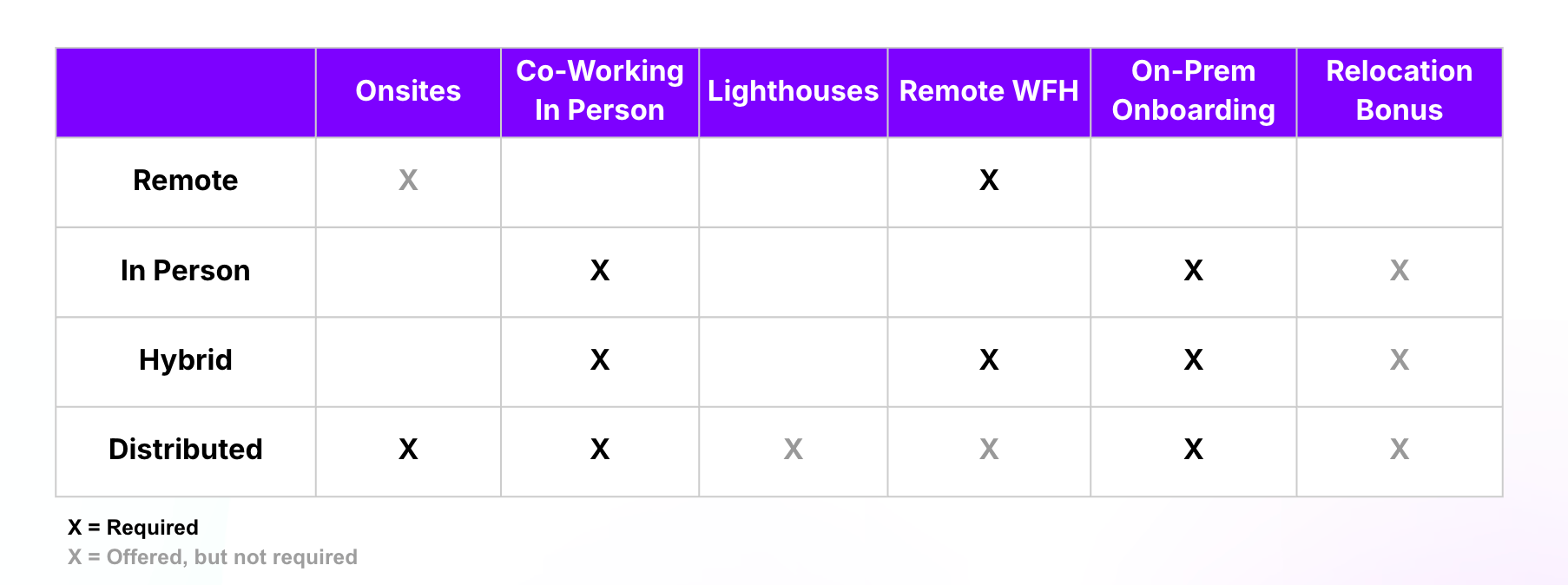
Set Up a Flexible Work Model
Define Where and How Employees Can Work
- Remote/Co-working: Allow employees to choose if they will work from home, co-working spaces, or offices, depending on their location.
- Pro tip: Don’t require anything from your team members in the beginning as they acclimate to what environment they work best in. Given people have mostly been remote the past few years, it may take a minute for them to know if they want to be back in the office again (in our experience, people do!)
- Hubs: Establish one or more company hubs in key cities. These are physical office spaces employees can access whenever they choose to.
- Pro tip: As you get started, using co-working spaces reduces the overhead of office management.
- Stipends: Offer a productivity stipend to help employees pay for tools, co-working spaces, or home office expenses (like internet).
- Example: A monthly $350 stipend for co-working spaces or productivity tools like Calendly, Canva, or at home internet.
- Relocation bonus: Offer a relocation bonus for employees who would prefer to work in a company Hub but are not currently located in the Hub city.
- Pro tip: To be eligible for a relocation bonus, we have required those team members that relocate to go into the Hub at least three days per week.
Here's how to get started:
- Determine which cities will have company hubs or co-working partnerships.
- Example: Roboflow set up Hubs in SF and NY to start, but have expanded to set up Hubs in any city that has 5 or more team members in the same city.
- Set up a stipend program to cover costs like internet, tools, or co-working space for those who choose to work remotely.
To ensure your distributed team operates smoothly, you’ll need to set up the right tools for communication, project management, and financial management.
Tooling
We consider the following tools essential as part of our implementation of distributed work:
- Slack: For easy, asynchronous communication across teams.
- Slab or Notion: For a central place where all internal documentation lives
- Zoom: For video calls and meetings with remote teams.
- Brex or Ramp: To manage company expenses, including travel and productivity stipends, through corporate cards and specific budgets.
- Video Recording Tool: For recording all Zoom meetings so people can learn from or watch later if they are unable to attend a meeting synchronously
With these tools, we recommend that you:
- Integrate them into your daily workflows and ensure your team is trained to use them effectively.
- Pro tip: Most companies will offer a discount for startups. YC and Brex also offer a wide array of discounts - make sure you are utilizing them to reduce your overhead costs!
- Regularly assess your tool stack to ensure it meets the needs of a distributed team by surveying the team at least once every six months.
Offer Travel Stipends for In-Person Team Collaboration
A key part of distributed work is bringing people together through travel. By offering a travel stipend, you allow employees to meet up with colleagues in different locations, whether it’s for team projects, hackathons, QBRs, or company culture-building.

Here's how to get started:
- Provide an annual travel stipend for team members to use for in-person collaboration (e.g., $4,000 per year).
- Pro tip: You can offer stipends through a tool like Brex or Ramp that allows team members to set up specific budgets for different expenses and put controls in place so team members don’t overspend.
- Encourage employees to organize small meetups or “Lighthouses” in different cities where they can spend a few days working and bonding together.
- Document your travel expense expectations clearly and re-share them regularly.
- Pro-tip: Have a list of preferred lodging locations in different cities that are budget conscious.
Example: At Roboflow, teams have used their travel stipends to organize “Lighthouses,” our bottoms-up team organized onsites in cities like Mexico City, Nashville, Vienna, Denver, and Palm Springs (and many more places!).
These are informal, yet productive, meetups where teams can work together, bond, and strengthen relationships. Most importantly, they are team organized vs company organized, which creates a unique experience at each Lighthouse. You never want to miss a Lighthouse!

Host Company-Wide Onsites
Company-wide onsites, run quarterly or biannually, are key for building relationships, sharing goals, and aligning teams across locations. These gatherings typically happen twice a year and offer a chance for everyone in the company to come together, collaborate, and plan for the future.
Here's how to get started:
- Plan two company-wide onsites per year in different locations.
- You can plan them yourself or use a partner, like Offsite, to help plan them for you.
- Use this time for deep work, strategy alignment, and relationship-building. Include fun team-building activities to promote bonding.
- Pro-tip: We like to approach our onsites like a week long hackathon where teams can work on a specific initiative and share it at the end of the week. Combine this with natural times for activities and team bonding, like game nights.
- Ensure you are sharing the dates at least a year in advance. At Roboflow, our all company onsites are required gatherings vs other small onsites which are mostly optional to fit the needs of team members.
Example: At Roboflow, the entire team gets together for an onsite once every six months. These gatherings are highly anticipated and serve as a way to unite the entire company under one roof to build stronger connections. Here is our guide to planning a company onsite.

Here are a few best practices we have learned from organising an onsite:
- Choose a location that is convenient for most team members. Large airport hubs are helpful places to start.
- Create a mix of work sessions and fun activities to promote bonding.
- Set clear objectives for the onsite (e.g., team alignment, brainstorming, deep work).
- Make the budget clear to the team so they understand why and how you plan to spend funds. We spend $3000 per person for each all company onsite.
On-Premises Onboarding for New Hires
For a distributed team, onboarding is critical. Ensure that all new hires spend multiple days in person after joining the company to quickly build connections, understand the culture, and learn about the company's processes.
Here's how to get started:
- Require all new hires to attend in-person onboarding within their first few weeks.
- Pro tip: Ensure this is communicated during the interview process and on job descriptions so they can plan ahead.
- Organize onboarding in key hubs where teams are based to ensure new employees are integrated seamlessly.
Example: Within a new Roboflow’s first two weeks at the company, all team members spend a few days to a week in person with other team members. This generally includes being in person with their direct manager at one of our Hubs so they can meet many members of the team at once or attending their first onsite.
Implement Flexible Schedules
Distributed work thrives when employees have the autonomy to manage their own schedules. A flexible approach enables people to work in different time zones, travel frequently, and still meet their work commitments.
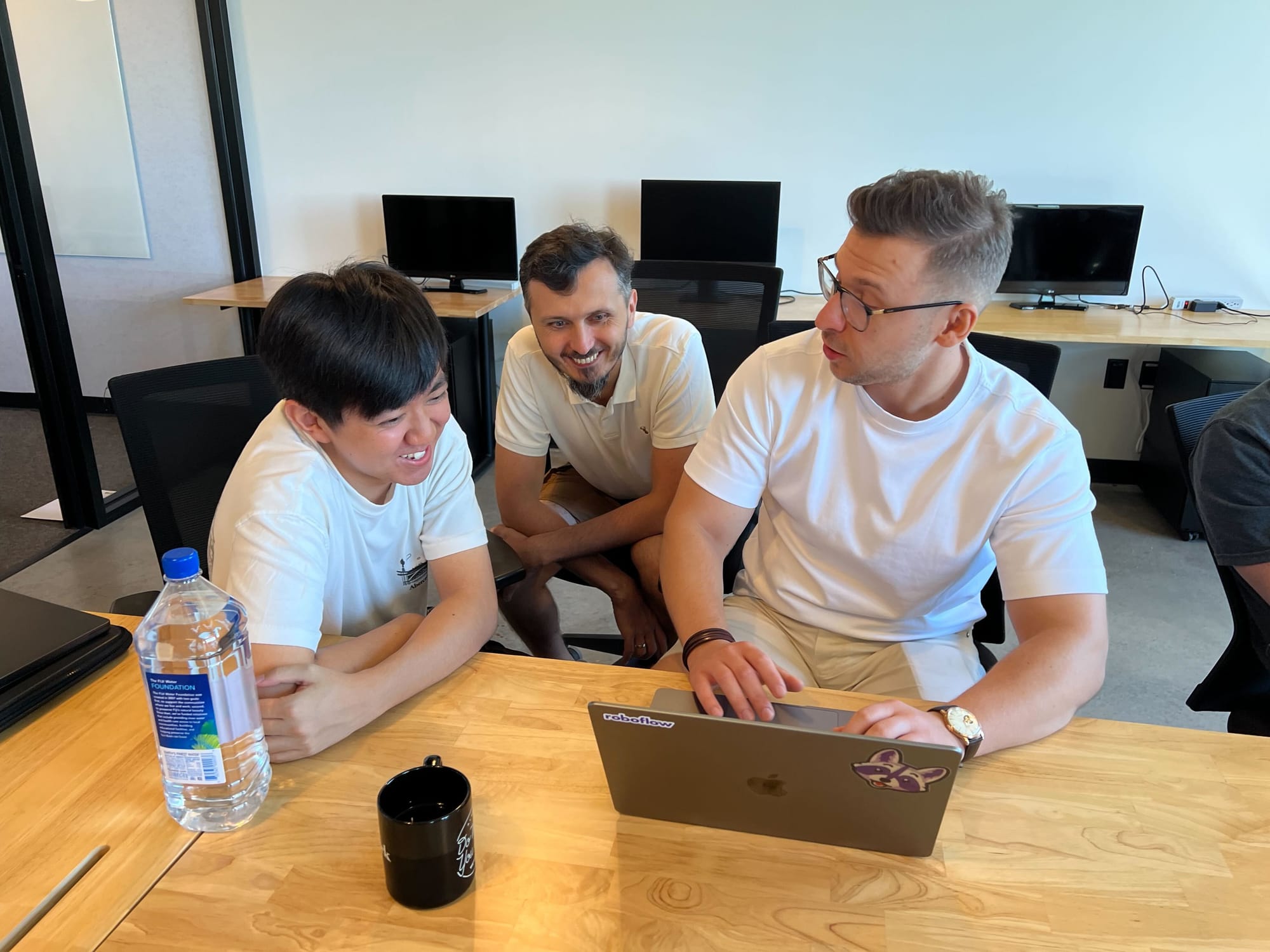
Here's how to get started:
- Set core hours for collaboration, but allow employees to choose their working hours based on their personal needs.
- Example: Customer-facing teams generally work similar times zones to our customer base in the US., but we also have international team members who join meetings synchronously.
- Encourage employees to balance synchronous work (e.g., meetings) with asynchronous work (e.g., individual tasks).
- Pro tip: Hold at least one or two all company meetings per week that overlaps with time zones so everyone can participate and feel like a united team.
Example: At Roboflow, we start and end the week as a full team. On Monday we hold a “Warm-Up” meeting where each department shares a high level of what they shipped the previous week and what they plan on working on that week. On Friday, the entire team comes together for a “Ship & Tell” meeting where everyone can show their “ships” to one another.
Embrace Transparency and Documentation
With teams spread across various locations, it’s vital to ensure that communication is transparent and inclusive. Adopt tools and processes that ensure everyone has access to the same information and can collaborate asynchronously.
Here's how to get started:
- Use public communication channels (e.g., Slack channels) to encourage transparency and make information accessible.
- Create an easily accessible handbook or FAQ document outlining all aspects of distributed work based on your company.
- Clearly define expectations for how employees should use company funds, how to book travel, and the frequency of in-person meetings.
- Invest in documentation tools to ensure all work, strategies, and updates are well-documented and easy for anyone to reference. Your documentation should be treated as another team member.
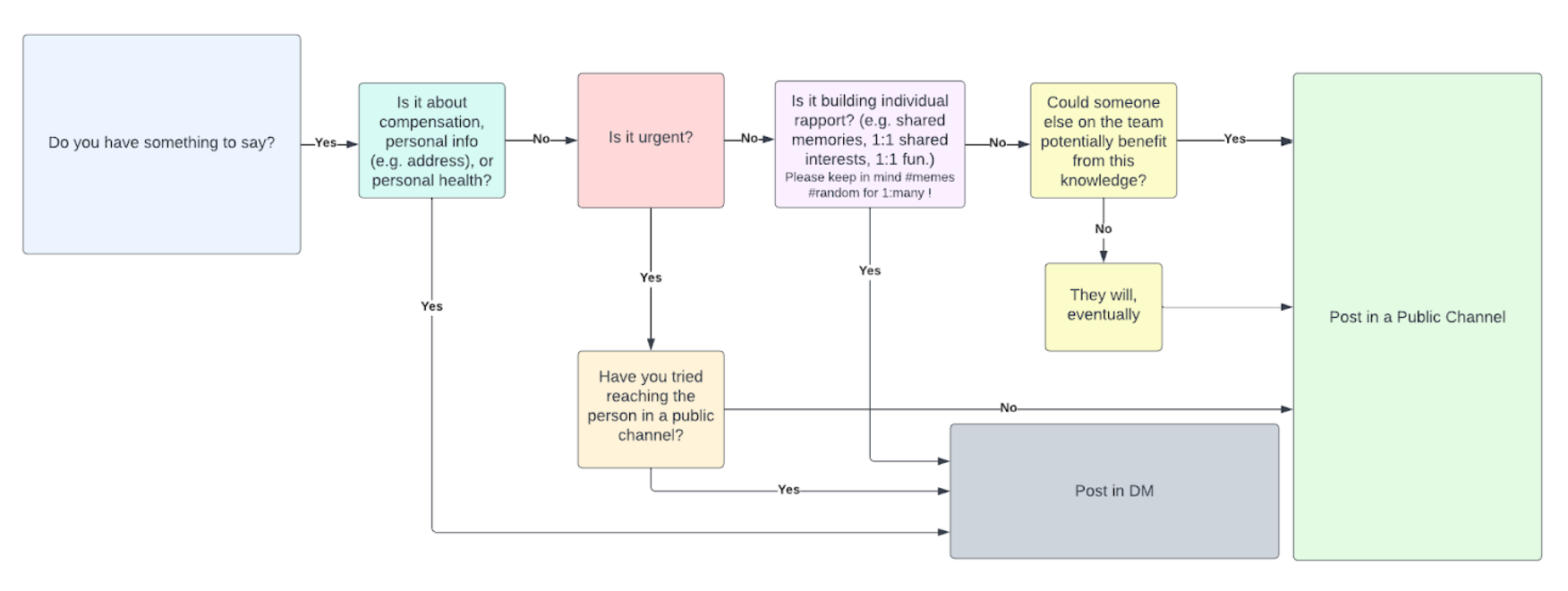
Example: Roboflow defaults to public communication by posting all conversations, with the exception of private or sensitive topics, in public Slack channels. We also ensure any conversations that happen in person at a Hub or onsite are documented in Slack afterward for full team transparency and collaboration.
Budgeting for Distributed Work
Implementing distributed work requires investment in technology, tools, and resources to ensure teams remain productive. Here are some key budget considerations:
- Stipends: Monthly productivity and travel stipends for employees.
- Office Space/Co-working: Costs for hubs, co-working partnerships, or home office equipment.
- Travel: Annual travel stipends for team meetups and Lighthouses.
- Technology: Investment in communication and collaboration tools (e.g., Slack, Zoom, shared documentation platforms).
Calculate the cost of operating a central office (e.g., office rent, internet, supplies) and distribute that budget across the different components of distributed work.
Example: At Roboflow, we estimated the cost of maintaining an office at $14,000 per employee per year. We then allocated $4,000 for travel stipends, $350/month for productivity stipends, and approximately $6,000 per employee for company-wide onsites to make up the total cost.
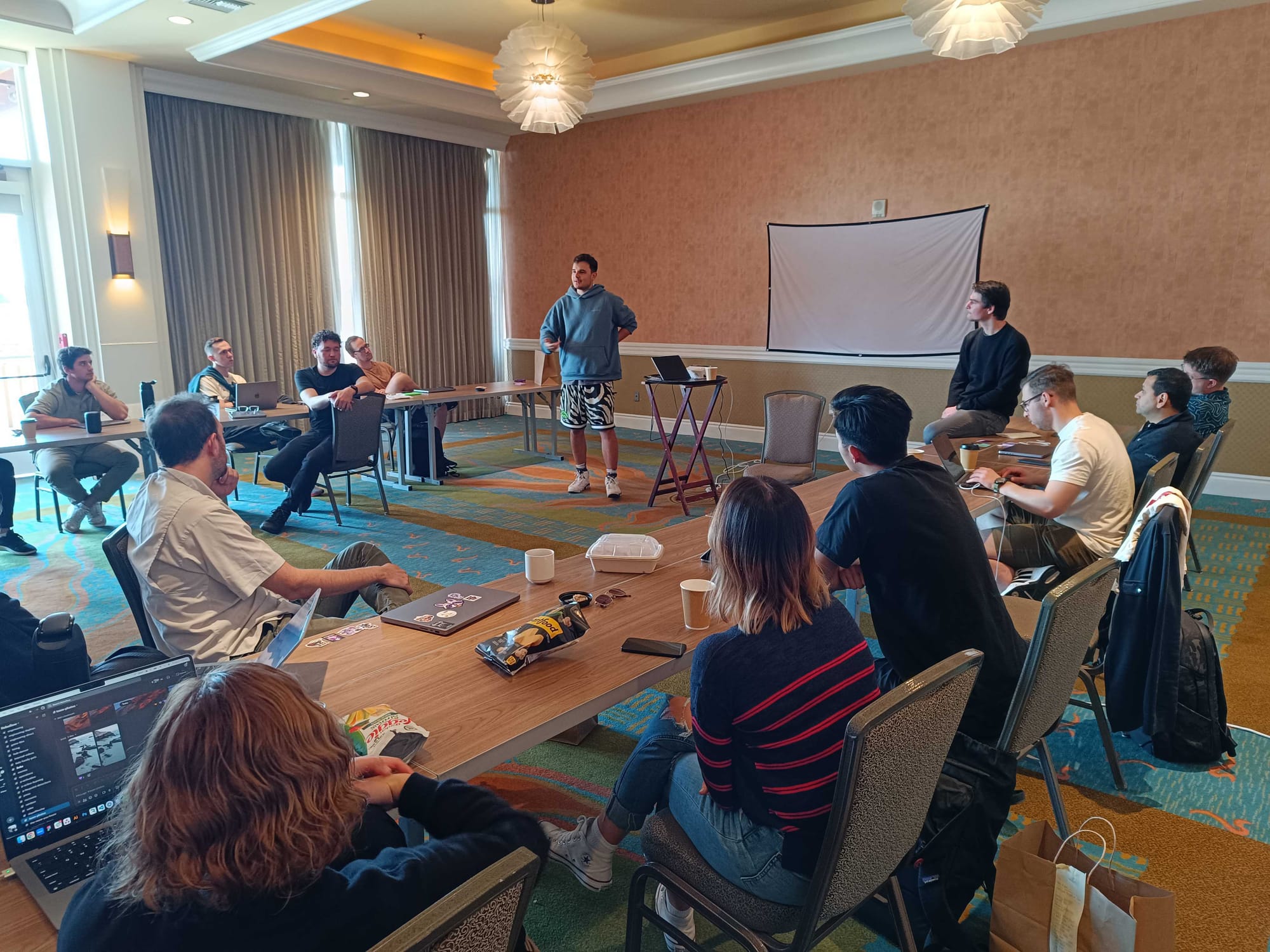
Final Thoughts On Distributed Work
Distributed work is a scalable and flexible way of working that balances the benefits of distributed work with the necessity for in-person collaboration. It allows companies to hire from a global talent pool while fostering a connected, high-performance culture.
By setting clear expectations, offering the right tools, and hosting regular in-person gatherings, you can create a thriving distributed work environment.
Ready to Start Distributed Work at Your Company? We’d love to hear about how you implement distributed work. Reach out to us at operations@roboflow.com and share your experiences!
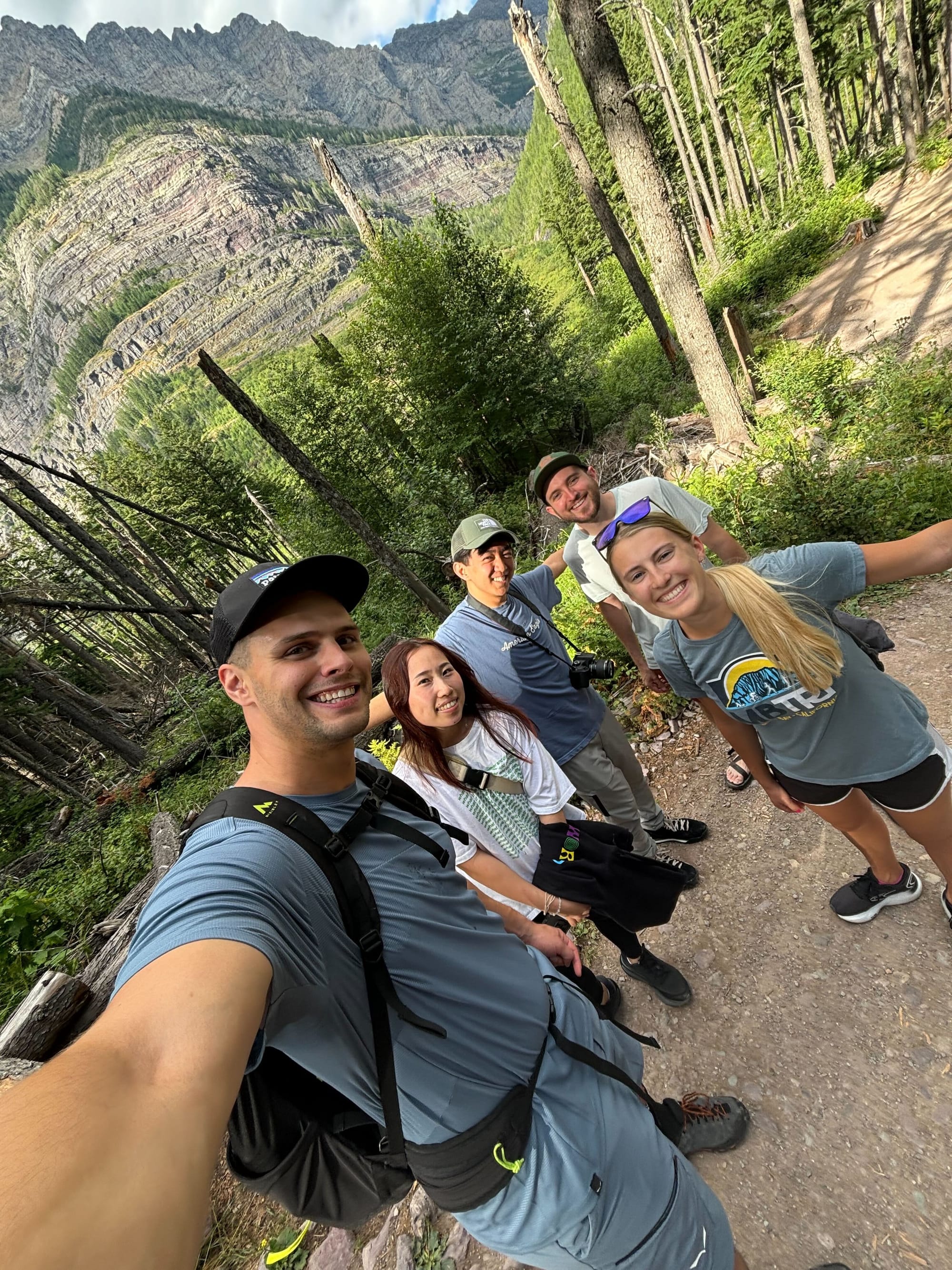
Cite this Post
Use the following entry to cite this post in your research:
Kate Wagner. (Dec 16, 2024). How to Implement Distributed Work at Your Company: A Starter Guide. Roboflow Blog: https://blog.roboflow.com/distributed-work/
